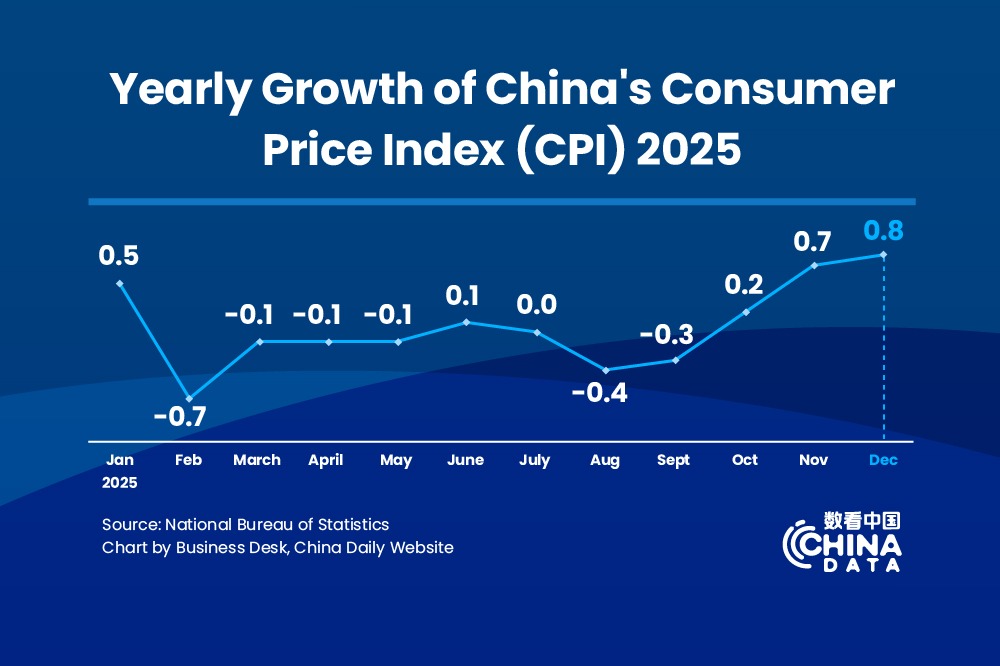Boost high-quality economic development with spatial development concept


The second case is Shenzhen, a city with strong economy, high fiscal revenue, and advantages in scientific and technological innovation. Shenzhen's GDP surpassed that of Hong Kong in 2018. But in the aspect of people's development, the disadvantages lie in overvalued housing prices and lack of commodity houses. Shenzhen has 10 million houses, which seems enough for a population of 20 million. Why housing prices are still high? Actually, only 1.6 million houses are for commercial use. Enterprises will not be able to maintain the talents who can't afford high housing prices. Residence is the basis for people's livelihood and the biggest issue for Shenzhen is to ensure people's well-being.
The third example is Beijing, which is well-developed in economy and social services such as education and medical care. Although Beijing's housing issue is similar to that of Shenzhen, it is still better than the latter. The essential issues Beijing encounters are pollution and shortage of water.
Beijing has a dustpan shape terrain, surrounded by mountains in the east, north and west. Local pollution and pollution from the south would linger in the sky without strong wind.
Another problem is water resources. Beijing used to be a place abundant in water, but the upstream forest was destroyed during the past dynasties before the People's Republic. Now Beijing has only two reservoirs, the Guanting Reservoir and the Miyun Reservoir. Water shortage would remain unsolved if Beijing continues to serve as a multi-functional center and to gather population in the long run. The water from the South-to-North Water Diversion Project can only meet the need in short term.
From the above three examples, every place has different situations in economic development, social development and eco-environment development. Therefore, we must finely adjust measures and policies to local conditions.
The spatial development is to balance the development of three aspects. Fortune is increasing and everyone can enjoy the fruits fairly. Meanwhile, nature's regenerative ability is well reserved.
The space can vary from small, medium to large scale. In summary, the high-quality development is to maintain the balance among economic development, population gathering and environment carrying capacity. The high-quality urbanization seeks the balanced development of three aspects in every city of China.
Why should we promote high-quality development of urbanization?
At present, there are four major structural imbalances in space or urbanization in China.
First, the imbalance between economy and population. Notwithstanding that people are concentrating in big cities, many of them are limited by the household registration system, which makes it impossible for migrant workers to settle down and eventually may force them to go back to their hometowns. On the one hand, since migrant workers cannot work for many years in big cities, they earn less. According to the National Bureau of Statistics, China's 40 years of rapid development has produced more than 400 million middle-income groups, but it is found out that among them there are very few workers and farmers, who constitute the major part of employment in China, and if most of them are still low-income or even live in poverty, the expansion of our market will doubtlessly be restricted. China's production capacity is growing rapidly, and in 2011 it became the largest manufacturer in the world, but it is still not the largest market country at present. The inability of migrant workers to settle down also leads to a shortage of highly skilled workers. If we want to improve the quality of the manufacturing industry, we must find ways to help migrant workers settle down and integrate into the local society, otherwise they cannot be trained into sophisticated craftsmen.
Second, the imbalance between financial resources and population. On the one hand, the economy is concentrated in big cities and mega cities. But on the other hand, our tax system and financial system cannot balance the gap in per capita financial resources between regions and cities. The difference is still fairly huge, although it has been narrowed a bit recently. The per capita financial resources or the per capita financial expenditure level of each region determines the quality of public services, social security and infrastructure, which are also the main reasons for gaps in living quality. Income is a very important aspect, but income does not completely determine the standard of living.




































